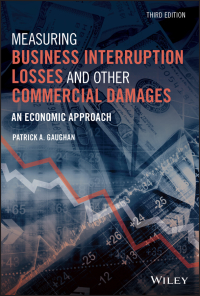Question
JigSaw Puzzle Company makes a certain product using materials measured in metres, labour-hours, and overhead costs. The company uses a standard costing system. The following
JigSaw Puzzle Company makes a certain product using materials measured in metres, labour-hours, and overhead costs. The company uses a standard costing system. The following information is available regarding the standard variable costs of producing one unit: Standard variable overhead cost per direct labour-hour $ 6 Standard direct materials cost per metre 16 Total standard variable cost per unit 63 In the month of June, 2,400 units were produced and sold. Also in June, all materials purchases made in the month were consumed in production. Selected information for June follows: Standard cost of direct labour to produce 2,400 units $ 42,000 Standard cost of variable manufacturing overhead to produce 2,400 units 6,000 Actual direct materials cost $ 105,600 Actual variable overhead cost $ 6,120 Actual direct labour-hours 1,160 Total materials variance $ 1,920 F Materials quantity variance $ 2,520 U Variable overhead spending variance $ 600 F Actual variable cost per unit produced $ 65.00 Actual fixed overhead cost $ 20,460 Required: 1. Based on the above information, calculate the following for June: a. What is $6,000/$6? b. What is the standard wage rate per direct labour-hour? c. Calculate the standard cost of the materials required for June production. d. What is $65.00 2,400? e. Calculate the total actual direct labour cost incurred. (Do not round intermediate calculations.) f. Calculate materials price variance. (Indicate the effect of variance by selecting "F" for favourable, "U" for unfavourable, and "None" for no effect (i.e., zero variance.).) g. Calculate the labour rate variance. (Do not round intermediate calculations. Indicate the effect of variance by selecting "F" for favourable, "U" for unfavourable, and "None" for no effect (i.e., zero variance.).) h. Calculate the labour efficiency variance. (Indicate the effect of variance by selecting "F" for favourable, "U" for unfavourable, and "None" for no effect (i.e., zero variance.).) 2. Prepare the standard cost card. (Do not round intermediate calculations. Round your standard amount of input per unit answers to 4 decimal places. Round your Standard price/cost per unit answers to 2 decimal places.) 3. Subsequent to the preparation of the analyses required above, you learn that the predetermined fixed overhead allocation rate is $20 per direct labour-hour and that the static budget volume of output was 2,600 units. Compute the fixed overhead cost variances. (Do not round intermediate calculations. Round "standard quantity of labour per unit" to 4 decimal places. Indicate the effect of each variance by selecting "F" for favourable, "U" for unfavourable, and "None" for no effect (i.e., zero variance.). Round your answers to 2 decimal places.) 4. Calculate the actual cost of direct materials per unit. (Do not round intermediate calculations. Round your answer to 2 decimal places.)
Step by Step Solution
There are 3 Steps involved in it
Step: 1

Get Instant Access to Expert-Tailored Solutions
See step-by-step solutions with expert insights and AI powered tools for academic success
Step: 2

Step: 3

Ace Your Homework with AI
Get the answers you need in no time with our AI-driven, step-by-step assistance
Get Started


